Otis Taylor on Radio 3
Vicky and I were listening to Andy Kershaw on Radio 3 last night. I used to listen to him a lot in the early 90's (the golden age of Zimbabwean guitar music, as I remember), but have since lapsed. He had a progressive bluesman in session - Otis Taylor. This was quite exciting, as I'd seen Otis Taylor play, in fairly random circumstances, a couple of years ago. My friend Mark and I were flying into Chicago, and he'd wanted to have the "Chicago experience", going to a blues club, etc. So I'd quickly scanned some web-listings and found that someone called Otis Taylor was playing at Buddy Guy's Blues Legends that night. The reviews for his then recent album White African were fairly ecstatic, so we went along to check him out. Unfortunately we were badly jetlagged and struggled to stay awake, but I recall thinking at one point "Wow! This isn't just your average blues band..." There was no drummer, allowing a wonderful fluidity, and at times it sounded particularly African.

His new material which he played in session was extraordinary, what he describes as "trance blues". Modal, groove-based, spaced-out, having very little in common with the pedestrian electric blues bands which are so common these days. Kershaw interviewed him, and he explained that the earliest blues (he named some names which ought to be familiar to me but weren't), like its African roots, involved very few chord changes. This is very interesting to me, as I've often found myself having to defend the Children of the Drone approach as "musically-valid" in a musical culture obsessed with harmonic movement (as in this article).
AK: It's a very unusual blues style that you have...and the use of drones too - it's very unusual to see a cello in a blues band, but there we have one.
OT: A drone is a very African thing, isn't it, so I just use a cello as a drone instrument, like an organ or harmonica, y'know?
AK: You call it "trance-blues", why?
OT: Yeah, becos there's no chord changes, we just get into the groove, y'know.
AK: How did you develop that style, where did you...
OT: Well that's just typical...delta blues, y'know, there's not a lot of chord changes in early delta blues. Heavy chord changes is more of a Chicago, or maybe a Piedmont style, y'know...
AK: (The Carolinas)
OT: ...but the delta thing is really heavy, like Fat Possum, like R.L. Burnside, T-Model Ford they don't have too many chord changes, it's more...African-esque, y'know, it's deeper...
He was also talking about the banjo's forgotten role in African-American music. The first piece he and his band played involved a banjo and a delay-based style of playing which reminded me of Gong's Floating Anarchy album or David Gilmour's playing on tracks like "Run Like Hell". Curiously, the style of the guitarist I saw him with in Chicago also reminded me of Gilmour, but in an entirely different way (the big Gilmour stadium-guitar sound, not wholly appropriate for a small blues club, but welcome for its novelty nonetheless).
Having just read a few interviews, I've discovered that Otis used to ride to school in Denver, Colorado on a unicycle playing a 5-string banjo, that he jammed with the Jimi Hendrix Experience (on harmonica) at The Family Dog in San Francisco, and that he supported Fairport Convention at The Roundhouse in 1969 (the sort of thing which makes me wish I had a TARDIS).

His new material which he played in session was extraordinary, what he describes as "trance blues". Modal, groove-based, spaced-out, having very little in common with the pedestrian electric blues bands which are so common these days. Kershaw interviewed him, and he explained that the earliest blues (he named some names which ought to be familiar to me but weren't), like its African roots, involved very few chord changes. This is very interesting to me, as I've often found myself having to defend the Children of the Drone approach as "musically-valid" in a musical culture obsessed with harmonic movement (as in this article).
AK: It's a very unusual blues style that you have...and the use of drones too - it's very unusual to see a cello in a blues band, but there we have one.
OT: A drone is a very African thing, isn't it, so I just use a cello as a drone instrument, like an organ or harmonica, y'know?
AK: You call it "trance-blues", why?
OT: Yeah, becos there's no chord changes, we just get into the groove, y'know.
AK: How did you develop that style, where did you...
OT: Well that's just typical...delta blues, y'know, there's not a lot of chord changes in early delta blues. Heavy chord changes is more of a Chicago, or maybe a Piedmont style, y'know...
AK: (The Carolinas)
OT: ...but the delta thing is really heavy, like Fat Possum, like R.L. Burnside, T-Model Ford they don't have too many chord changes, it's more...African-esque, y'know, it's deeper...
He was also talking about the banjo's forgotten role in African-American music. The first piece he and his band played involved a banjo and a delay-based style of playing which reminded me of Gong's Floating Anarchy album or David Gilmour's playing on tracks like "Run Like Hell". Curiously, the style of the guitarist I saw him with in Chicago also reminded me of Gilmour, but in an entirely different way (the big Gilmour stadium-guitar sound, not wholly appropriate for a small blues club, but welcome for its novelty nonetheless).
Having just read a few interviews, I've discovered that Otis used to ride to school in Denver, Colorado on a unicycle playing a 5-string banjo, that he jammed with the Jimi Hendrix Experience (on harmonica) at The Family Dog in San Francisco, and that he supported Fairport Convention at The Roundhouse in 1969 (the sort of thing which makes me wish I had a TARDIS).
















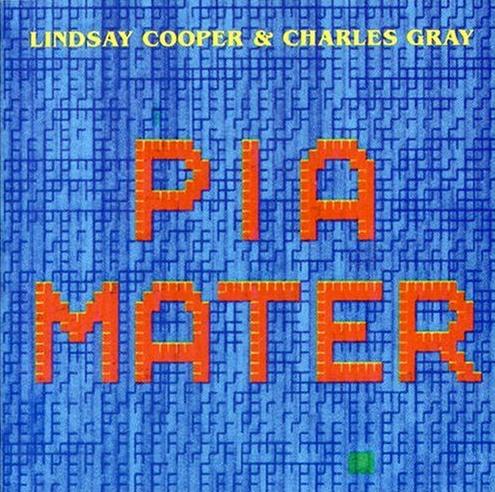




































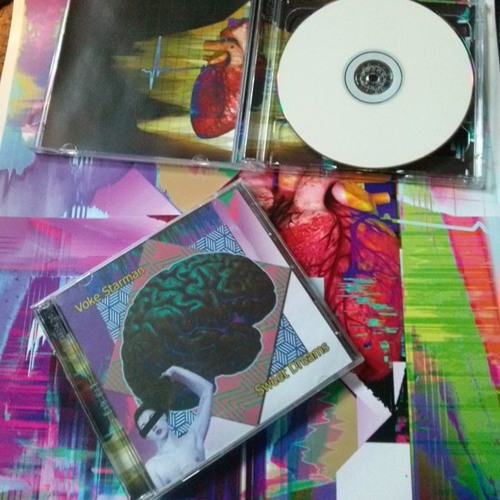



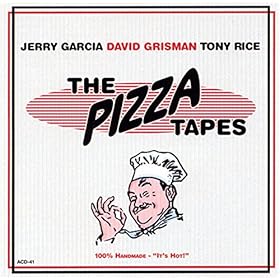

























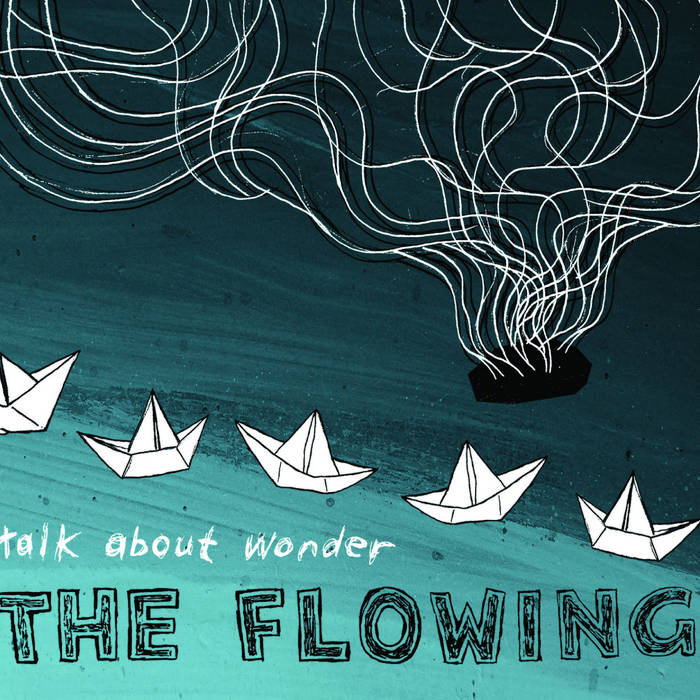












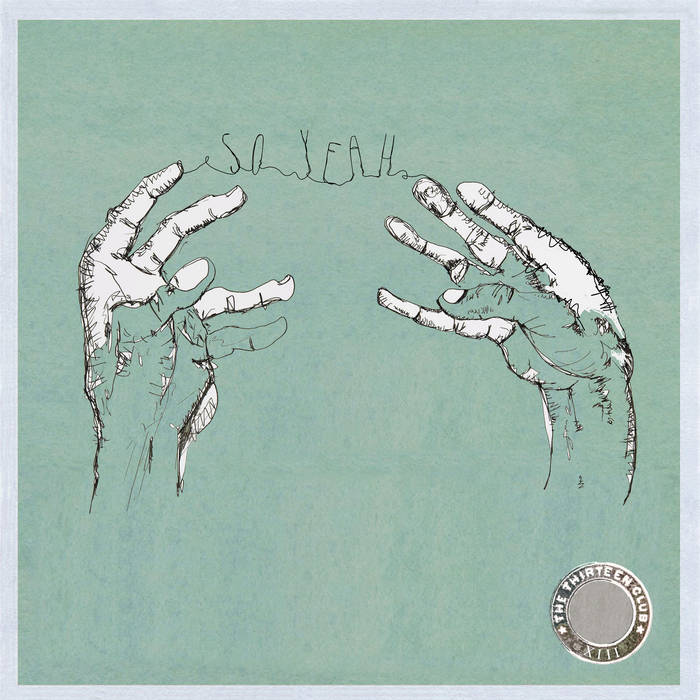







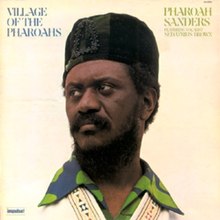











































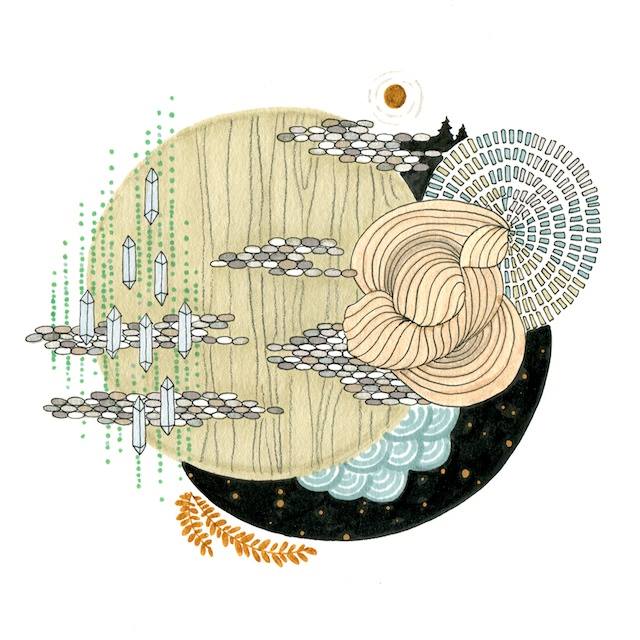





































































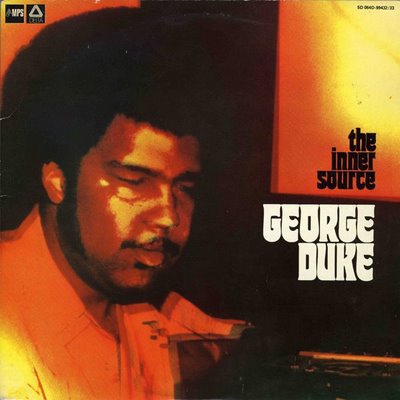












































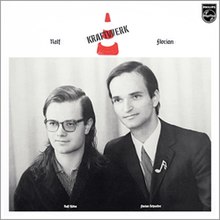


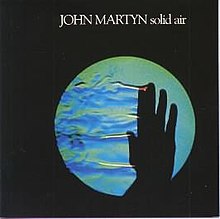



















































































































































































































































































































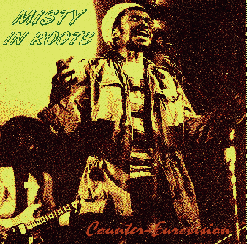





















































































































































































































































































































0 Comments:
Post a Comment
<< Home